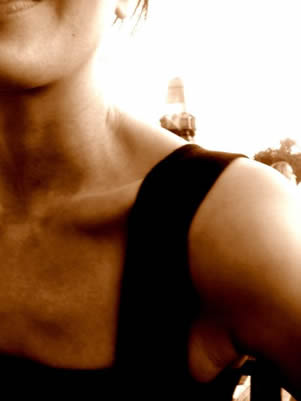When a resident cannot perform shoulder exercises on their own, a CNA will be asked to provide passive range of motion exercises to one shoulder. This is to make the resident’s shoulder in a healthy condition and to stimulate blood flow in that area. This will also help to maintain the muscle tone of the arms and to preserve their flexibility as well. If you are being asked to perform this skill, make sure that you pay attention to indirect care skills as well. They are an important part of the whole exercise and it may determine just how successful the whole process will be in the end.
The first thing is to knock on the patient’s door and to call out the name of the patient. This is to ensure that you are in the right room and that the patient will not be surprised with your presence in the room. The next thing is to greet the patient and introduce yourself to the patient. Explain why you are there and provide a step-by-step description of how the procedure will be conducted and what is the purpose of the exercise. Make sure that the patient understands you correctly and that they have heard what you are saying clearly.
 After this, wash your hands thoroughly and put on your personal protective equipment. This is to avoid the spread of infection and to protect the patient as well.
After this, wash your hands thoroughly and put on your personal protective equipment. This is to avoid the spread of infection and to protect the patient as well.
After this, proceed to support the arm of the patient where the passive motion exercise is to be done. Raise and lower the arms of the patient towards the side first and ask if they are experiencing any pain or discomfort while doing it.
Repeat this process as necessary. Make sure that you are providing the patient with sufficient instruction or are informing them as to what shall be done to their arm.
The next step is to extend their arms toward the head of the bed and then towards the back to give them some flexion and extension exercises in the arm. Do not apply a lot of force and never overextend the arms to the patient’s capacity. Do the process in a slow and smooth movement to prevent injuring the patient. The next step is to take the arms of the patient away from the side and then back in order to provide abduction and abduction exercises to the arms.
After the whole process is done, return the patient to a comfortable position and give their call lights within their reach. The next step is to remove your personal protective equipment and to wash your hands thoroughly.
The CNA should provide this care in a slow and non-forceful manner in order to prevent any injury or damage to the arm of the patient that is being exercised. It is important to provide passive range of motion exercises to one shoulder in order to provide the patient with the necessary movements to help keep their arms in a healthy condition and a normal blood flow.